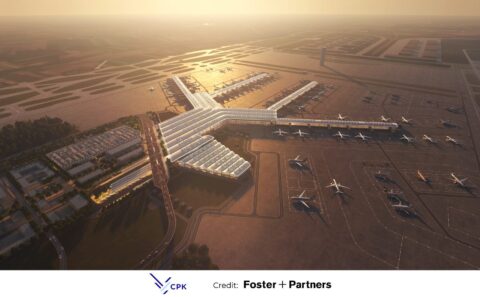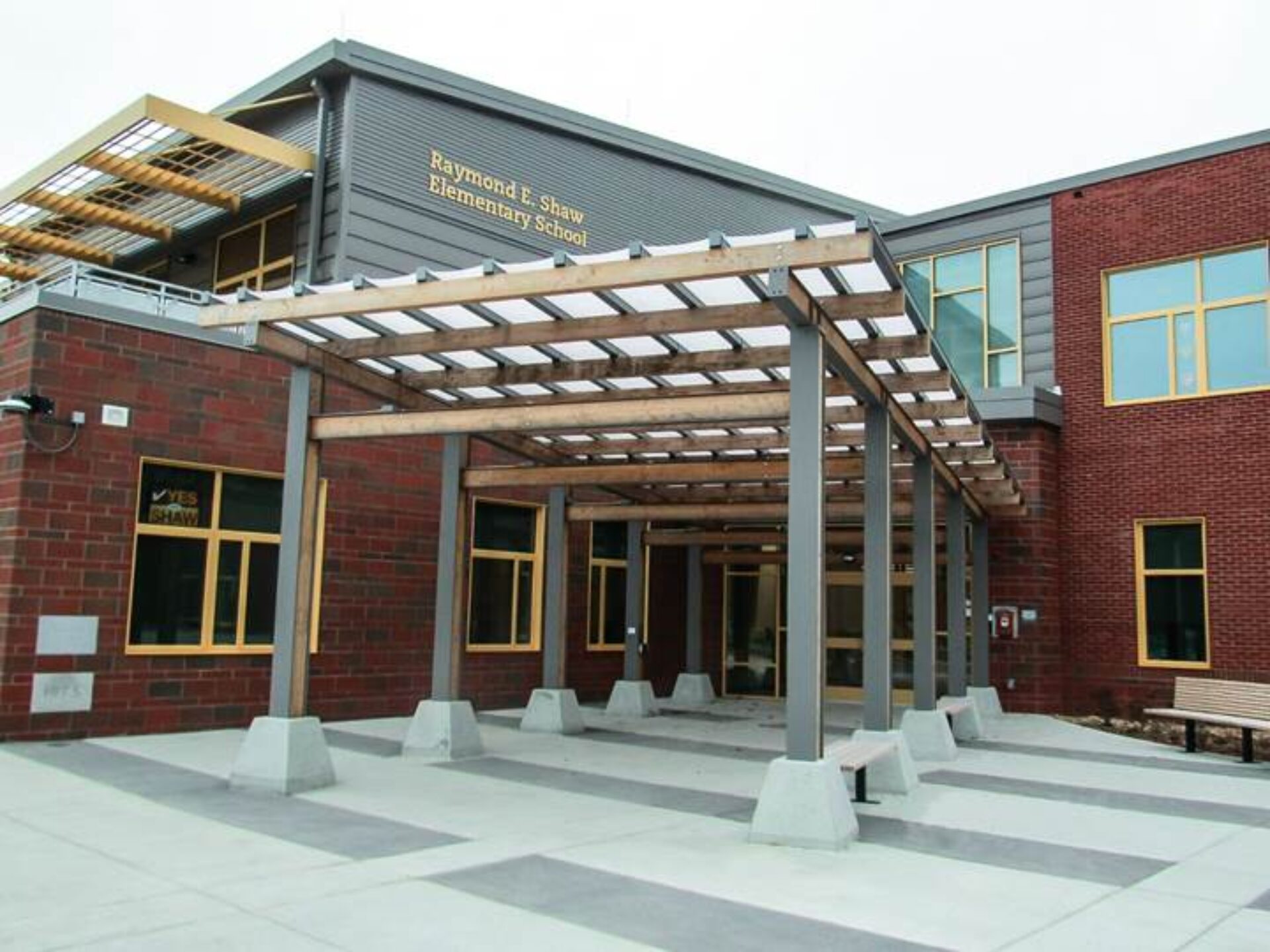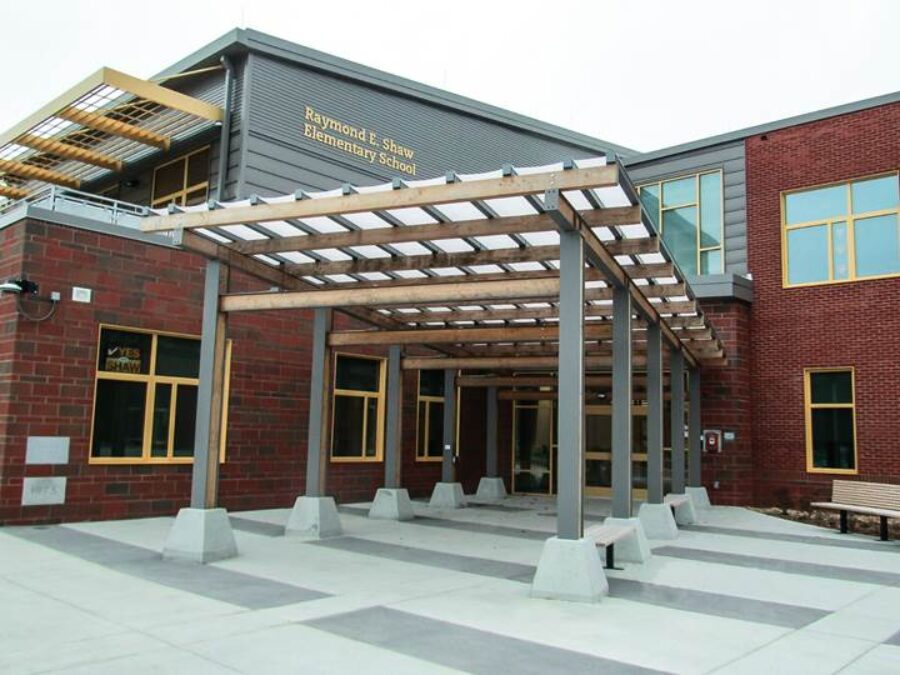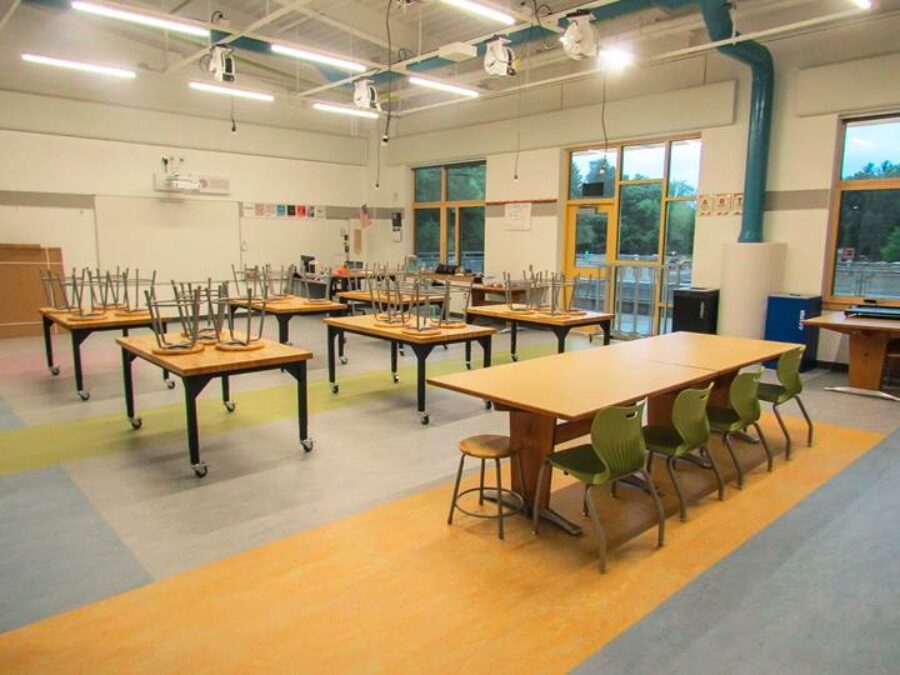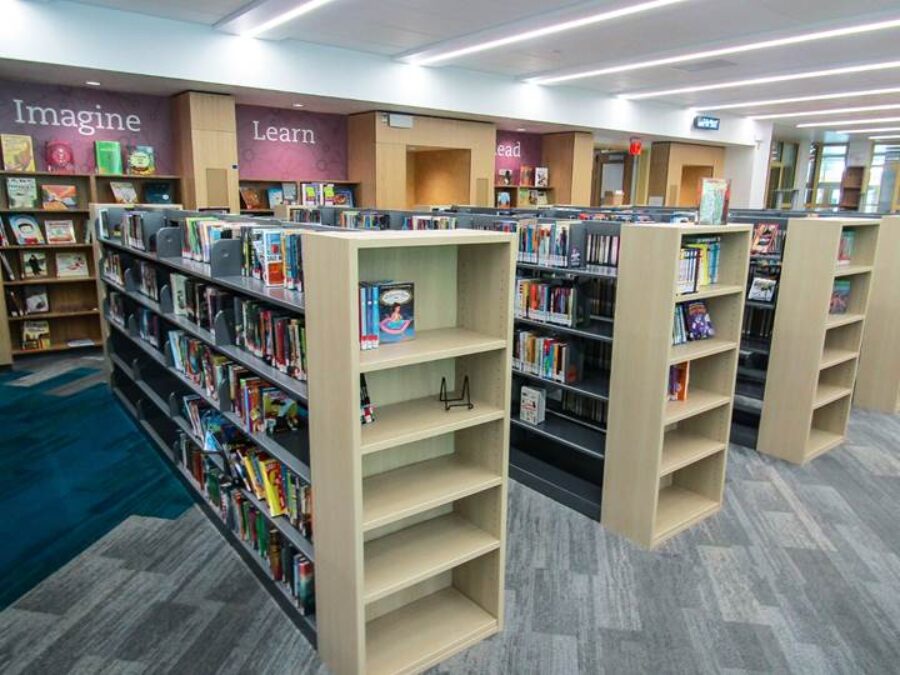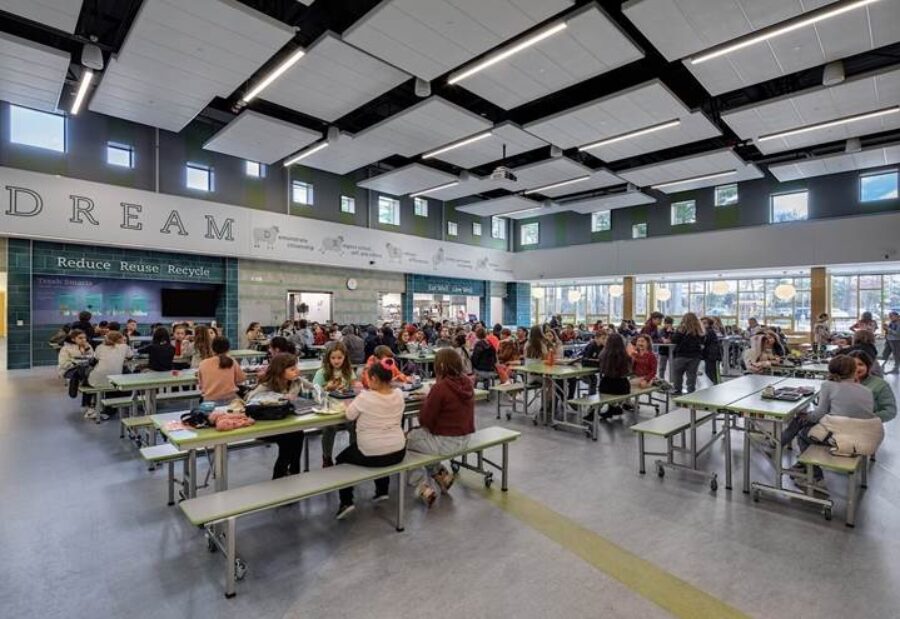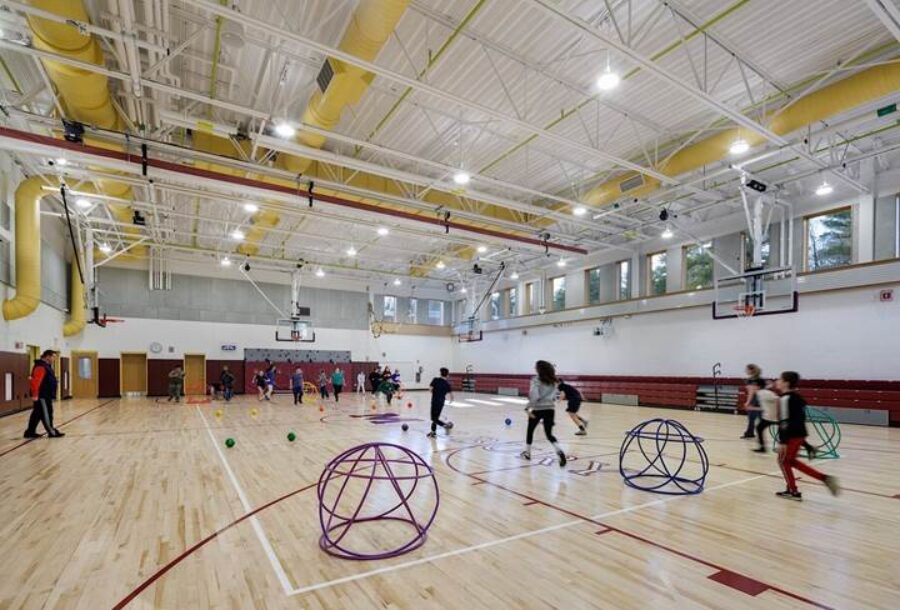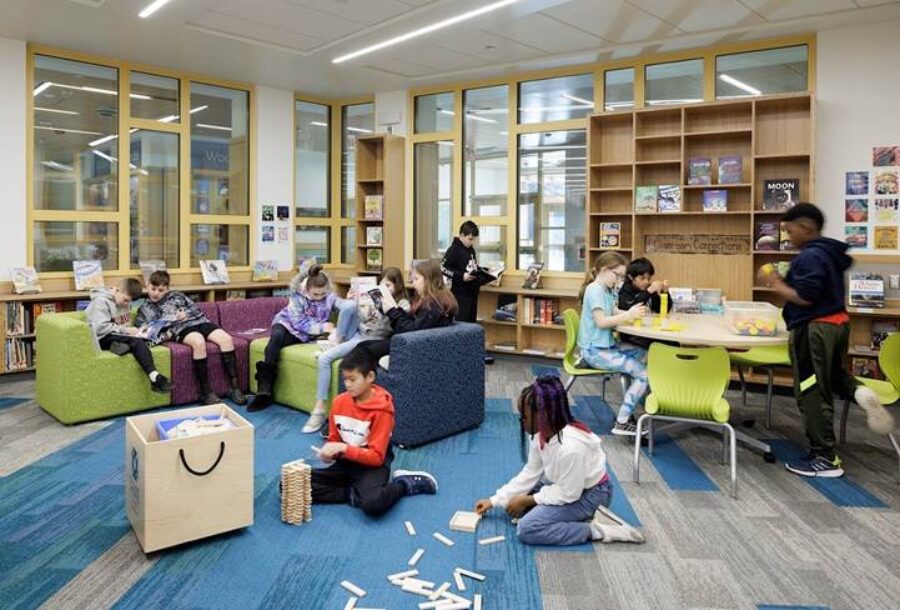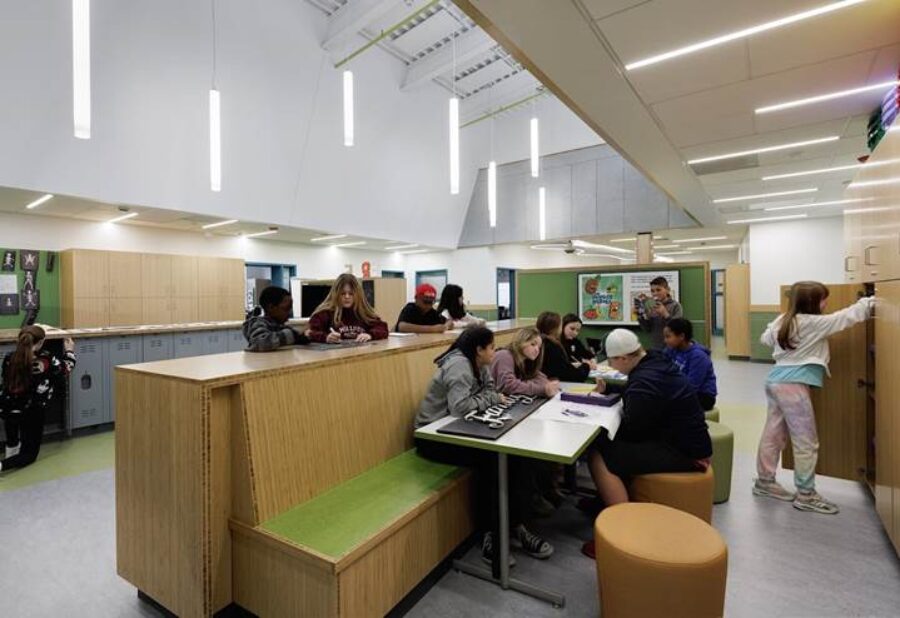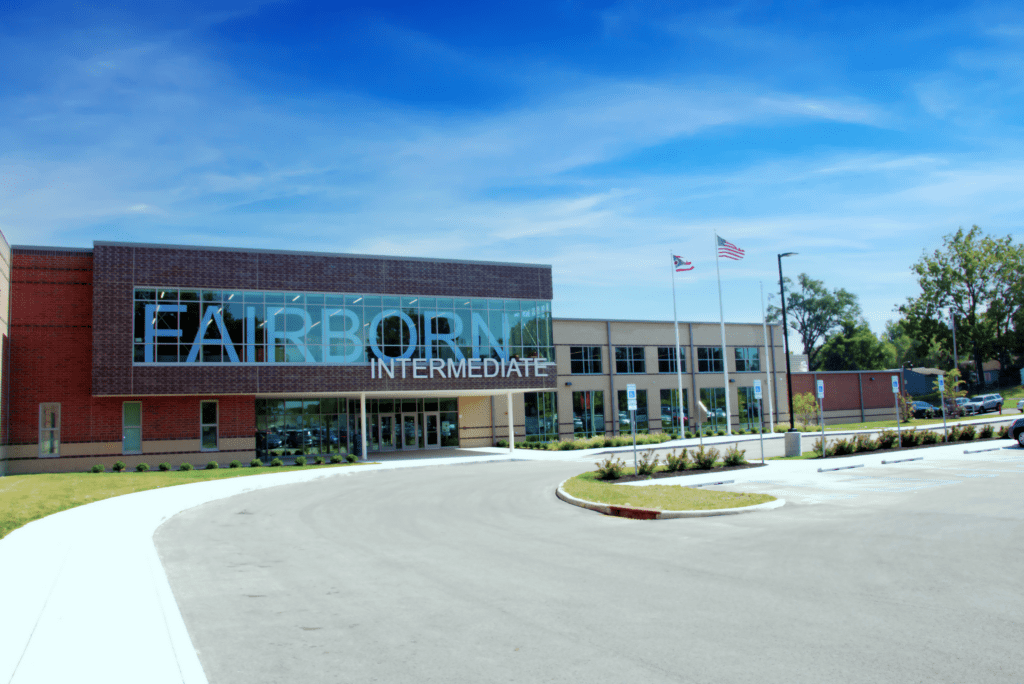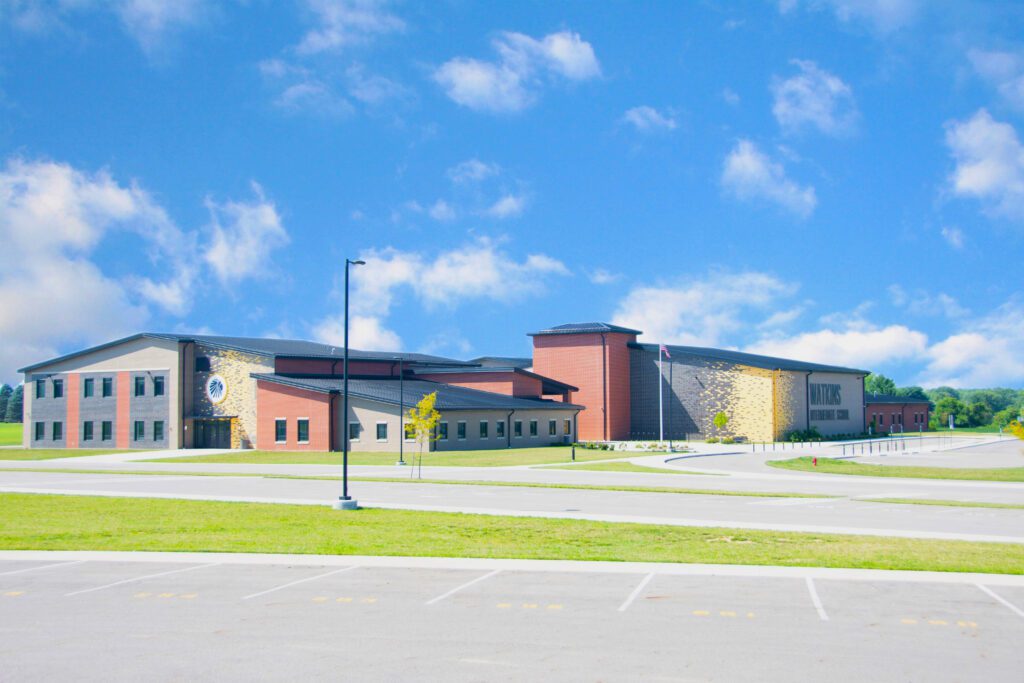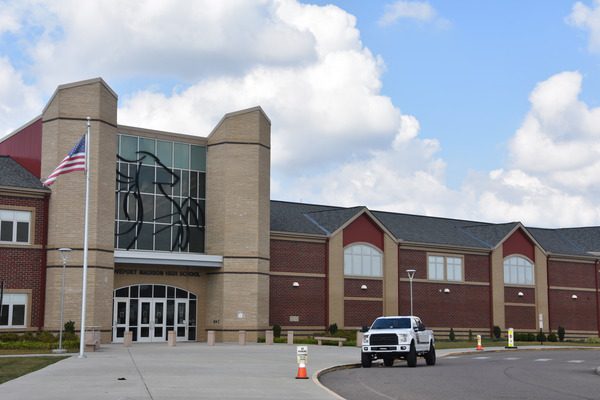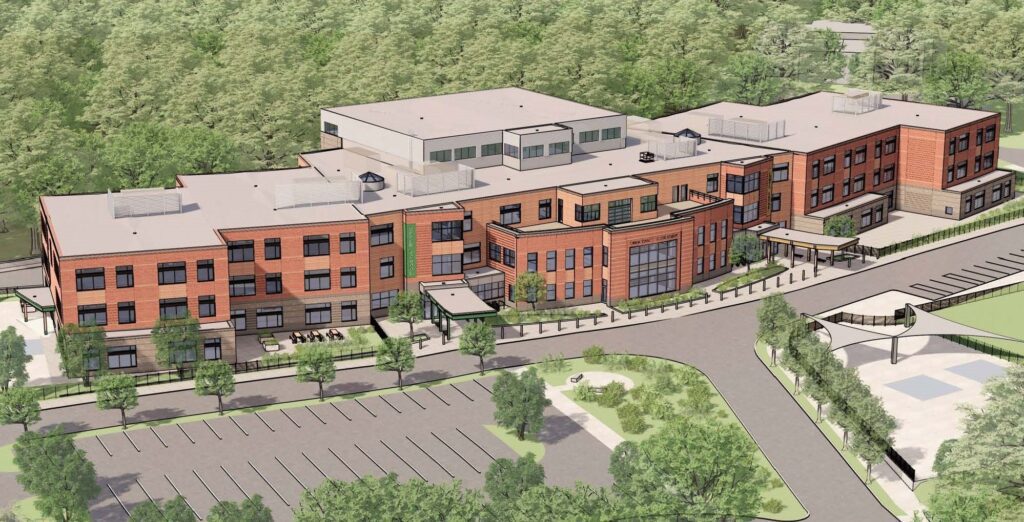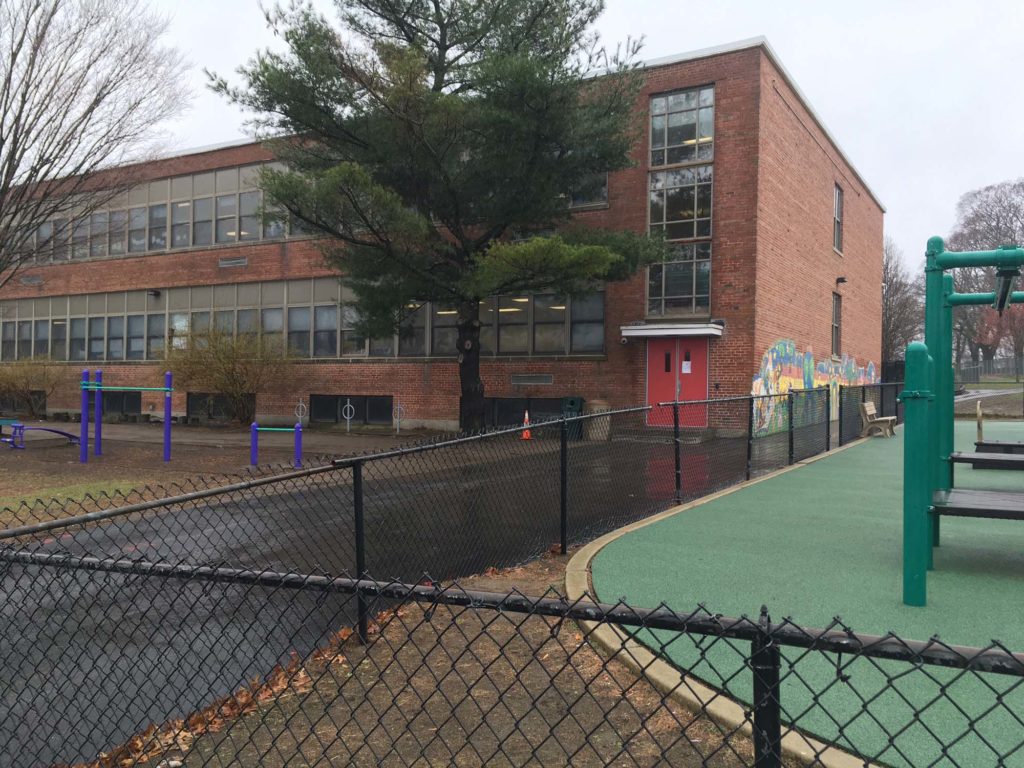Hill provided project management services to the Town of Millbury (Town) for the Raymond E. Shaw Elementary School project. The Town constructed a new, 90,000 SF Shaw School to replace a nearly 50-year-old facility of the same name and help accommodate a growing student population. The project also included demolition of the former Shaw School and the construction of a multipurpose field.
The new Shaw School has space for 550 students in grades three through six. Designed to meet the needs of Millbury’s education program in a cost effective and energy efficient facility, the new Shaw School was developed in close partnership with the Millbury community and the Massachusetts School Building Authority. Each story of the two-story Shaw School includes two academic wings, and each wing contains six classrooms, enough for one full grade. The classrooms of each wing are arranged around a central flex space that can accommodate gatherings. Other unique features include the school’s “Main Street,” including a media center, the gymnasium, and a cafeteria with a stage and music classrooms—the “Cafetorium.” The second floor includes art classrooms and science, technology, engineering, and mathematics (STEM) classrooms with direct access to an outdoor rooftop classroom. In addition, the facility meets the requirements for LEED Gold certification, surpassing the targeted LEED Silver Score.
Hill supported the Town with a full suite of project management services from the feasibility stage through final project completion. In pre-design, Hill assisted with feasibility studies, schematic design, and design development phases, helping clarify the Town’s design criteria and goals for the project. Hill also provided initial estimates, supported procurement, helped the Town identify community concerns that impacted feasibility study options, reviewed the environmental impact of the project, and analyzed options to reconfigure outdoor athletic space, grade levels assigned to each building, and instructional space. Hill’s efforts supported the creation of a robust project charter document, which was referenced throughout the project.
The project team created a Value Management List (VML) to keep cost estimates in line with the Town’s budget. During reconciliation meetings, Hill recorded VM ideas and reviewed these ideas with the whole team at each design milestone. Hill also performed a hard cost/soft cost analysis, reviewing the VML to show how the team aligned cost estimates with the budget. In addition, Hill performed independent cost estimates and audits throughout the project, confirming actual expenditures met the team’s expectations. By carefully managing Massachusetts utility incentive program requirements and compliance with the requirements for the targeted LEED score, Hill helped reduce the facility’s future operational costs.
During construction, the Hill team toured the site daily to verify conformance with contract documents. Hill documented conditions and distributed our observations to the design team for review and resolution when potential problems were identified. Hill also oversaw the commissioning agent’s inspections and testing. Most importantly, Hill encouraged the owner and end-users to tour the building during construction so that all stakeholders could conceptualize function and design intent, confirm compliance with expectations, and use their educational expertise to flag potential discrepancies or issues with the learning, gathering, or administrative spaces. These efforts helped promote a high-quality project in line with all stakeholder expectations and a school facility fully ready to welcome students after project closeout.
 menu
menu
 menu
menu

